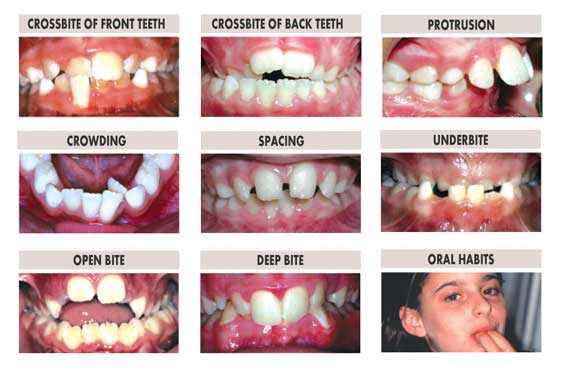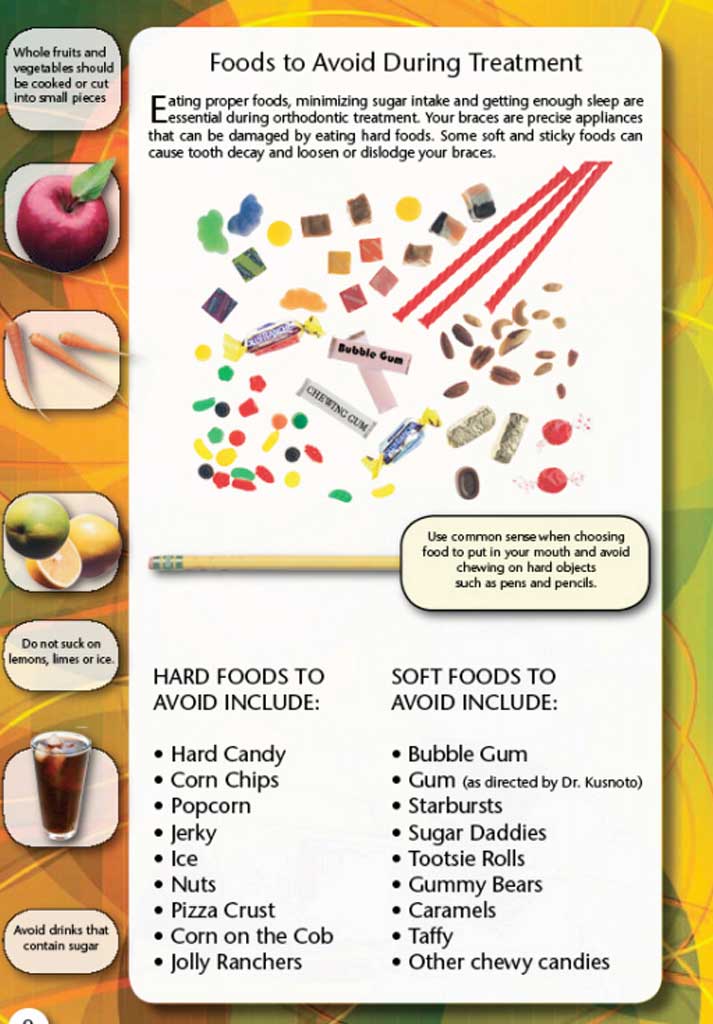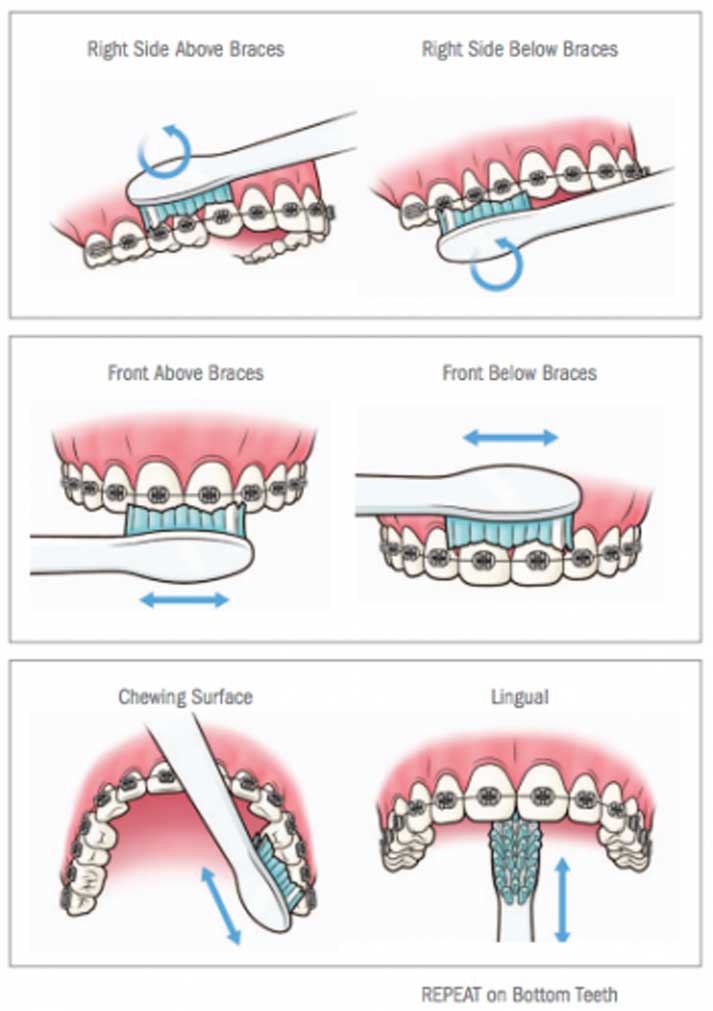Orthodontics is the branch of dentistry that specializes in identifying, preventing and treating dental and facial irregularities. An Orthodontist is a specialist in straightening teeth and aligning jaws.
The American and Indian Association of Orthodontists recommend that your child get an Orthodontic check-up at the age 7. It’s time to schedule a visit once yourself or your child

Yes – teeth can be moves at any age, and in fact, approximately 25 % of all patients with braces on are adults i.e., 18 years or over. Orthodontic treatment for adults can vary greatly, possibly requiring extractions, removable bite plates, and occasionally jaw surgery. Braces have become more aesthetic over the last 20 years, becoming smaller and less obvious. In fact, Orthodontic treatment utilizing ceramic and lingual braces are available for adults at Smile Arc.


During the braces treatment, pressure is applied on teeth via the braces. The pressure is transferred to the bone around it which makes the bone soft. The teeth move in the soft bone from one position to other. As long as braces and wires are present on teeth, the bones will remain soft. At the end of braces treatment, when the braces are removed from the teeth, the teeth are at a risk of moving out of the corrected positions, as the bones are still “soft”. It takes a few months, for the bones to” become hard”. To ensure that the teeth do not move out of their corrected positions, till the”bone hardens” around it, retainers are prescribed. The retainers are the key units responsible for maintaining that healthy beautiful smile on your face.
During braces treatment, as teeth move, there is lot of remodeling of bone that is supporting the teeth. In the process there is transient decrease in the density of the bone. The teeth are attached to the bone with the help of tiny elastic fibres called gingival and periodontal fibres. As the teeth move from one position to the other, these fibres are stretched and they try to pull the teeth back to their former position but presence of braces prevents them from doing so. After your braces are removed, there is no restraining force on these fibres and they start pulling the teeth away from the corrected positions. Additionally, the teeth in their corrected positions, need some time & adjustments to stabilizes itself between the lips & cheeks on one side and the tongue on the other side. If not adequately supported in their corrected positions during this transitional period, teeth tend to move out of line. This phenomenon is called RELAPSE. To prevent relapse, patients are advised to wear a restraining appliance called RETAINER and the period through which the retainers are worn is called RETENTION PERIOD. During the retention period, these fibres relocate their attachments on the teeth roots and adjust their lengths conforming to the new position of the teeth. In the mean time, as the teeth function individually and their position is held constant by the retainers, there is bone deposition around the teeth so that they stabilize in their new position.
The period of wear of retainers varies from individual to individual. On an average, the retainers are worn about the same number of months the fixed braces were put, scientific articles published in the "American Journal of Orthodontics and Dentofacial Orthopedics" from 1988 to the present, indicate that orthodontic researchers are unsure how long you need to wear your retainer(s). There is no way to predict how your teeth will react when retainer(s) are removed. About half of the undesired tooth movement takes place in the first two years after you stop wearing your retainer(s). Some crowding of the lower front teeth may be part of the aging process similar to grey hair and wrinkled skin.
The only way to ensure continued alignment EXACTLY AS IT WAS AT THE TIME WHEN BRACES WERE REMOVED, is by the use of retainers to some degree, perhaps for life. The amount of wear will vary from patient to patient. Orthodontists know from experience that you, the patient, actually decide when you think the retainer is unimportant and stop wearing it or ask to have it removed.You must be willing to accept the fact and the risk that the degree of tooth position stability in your mouth is unknown.
